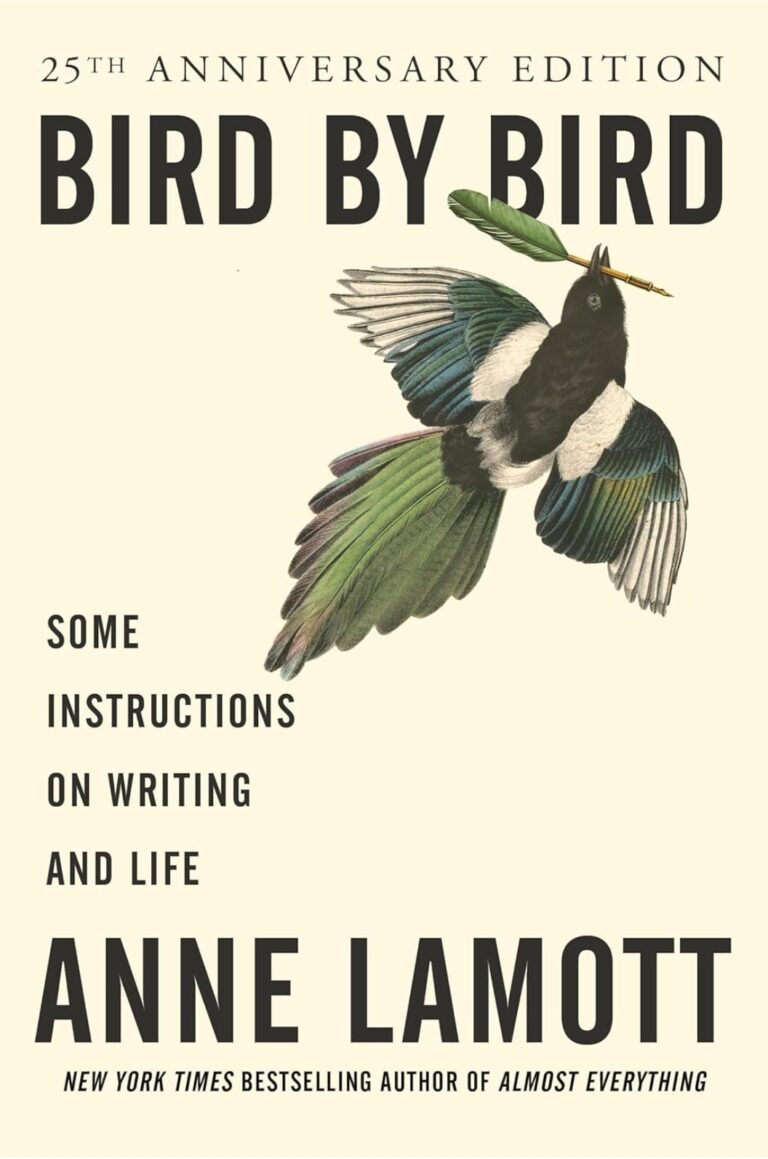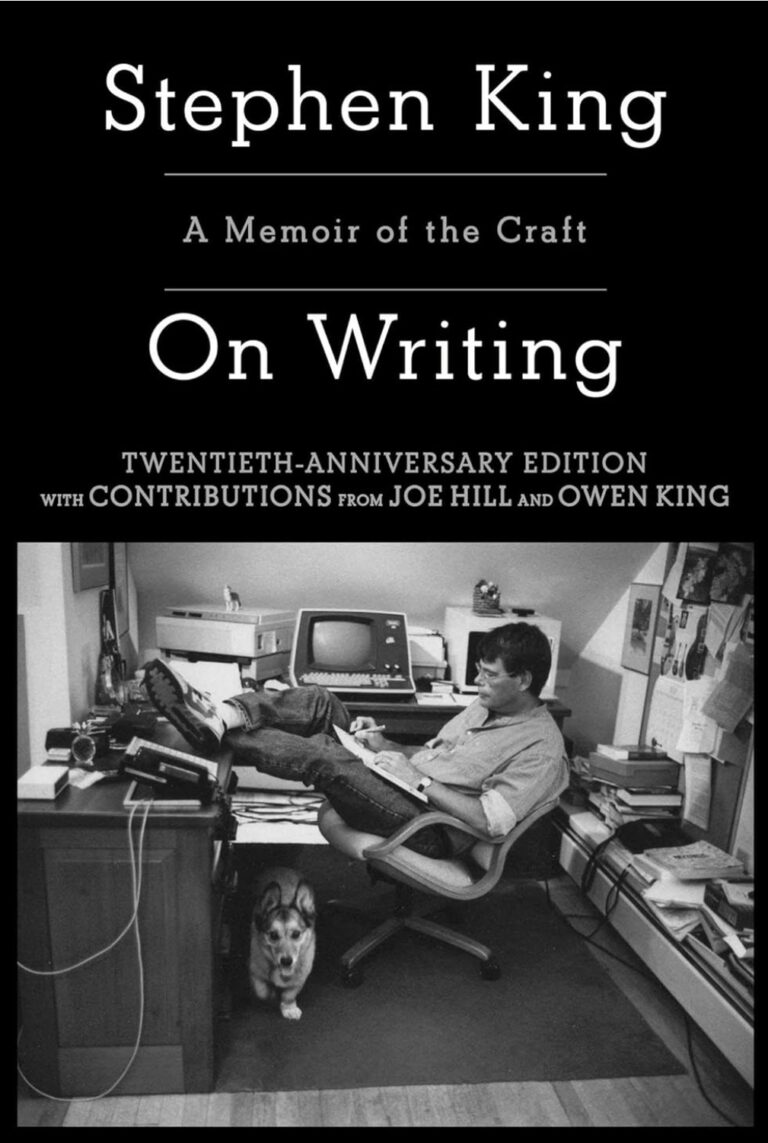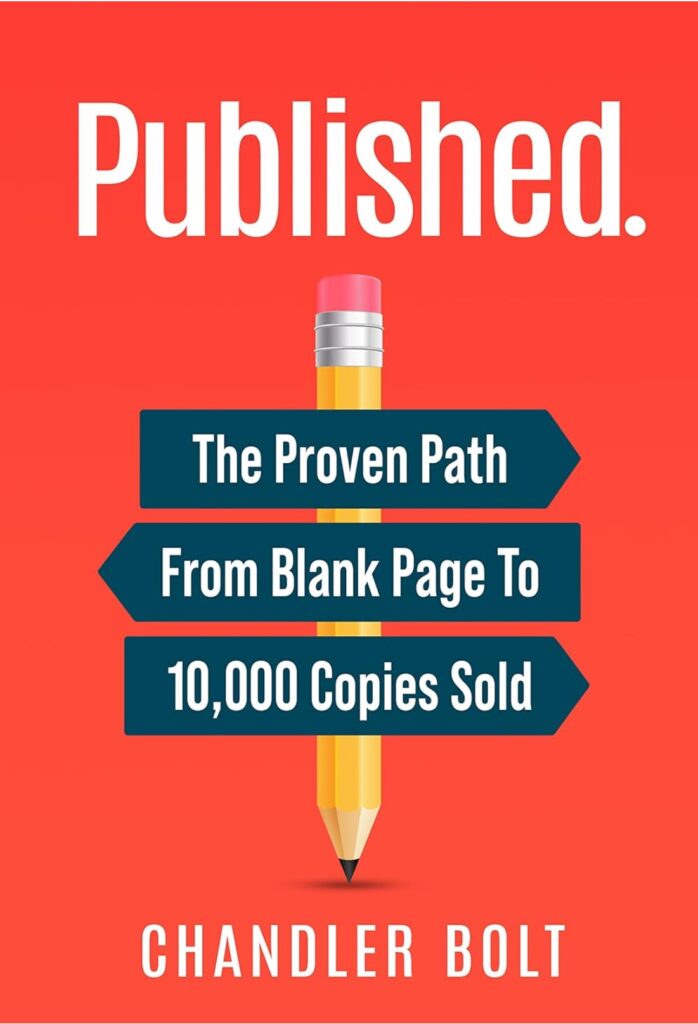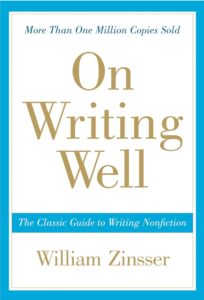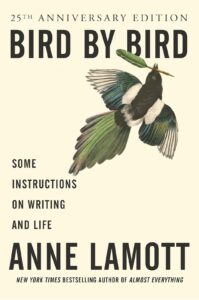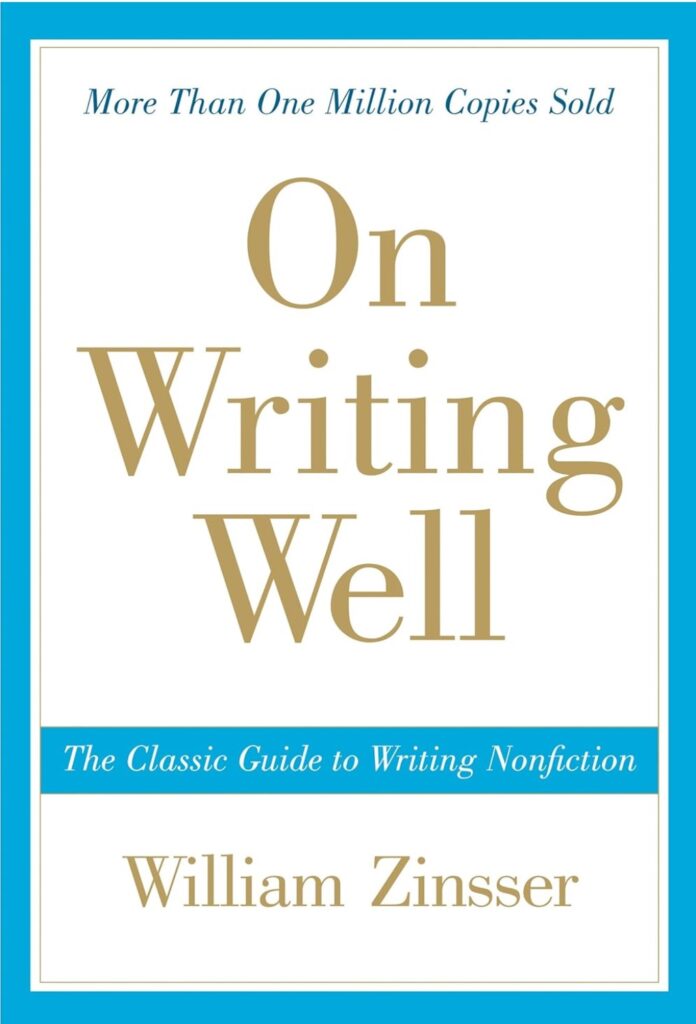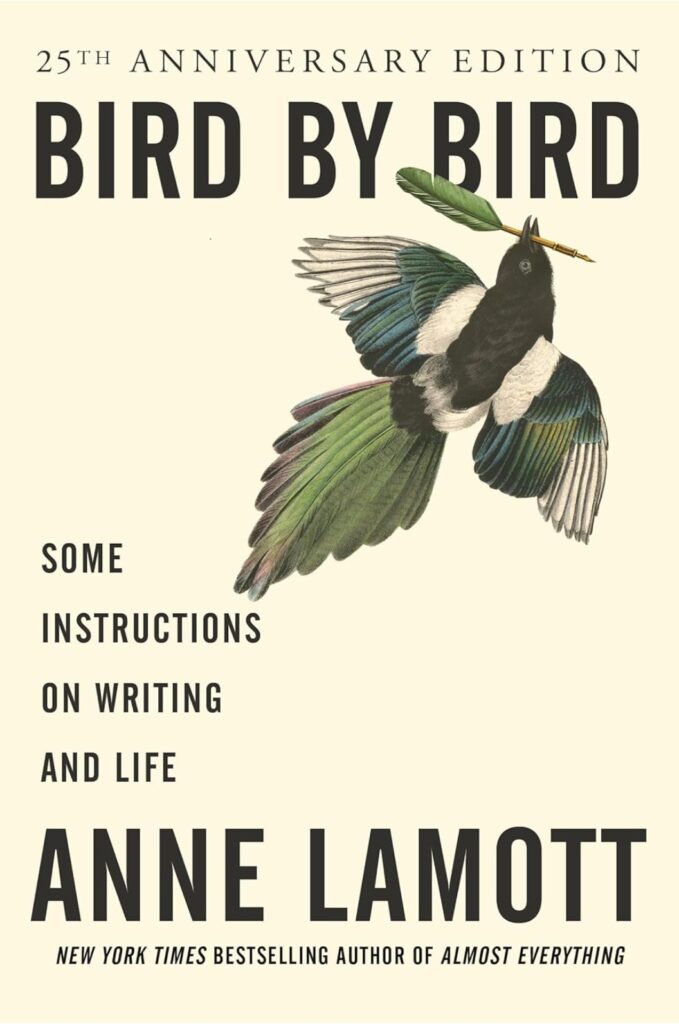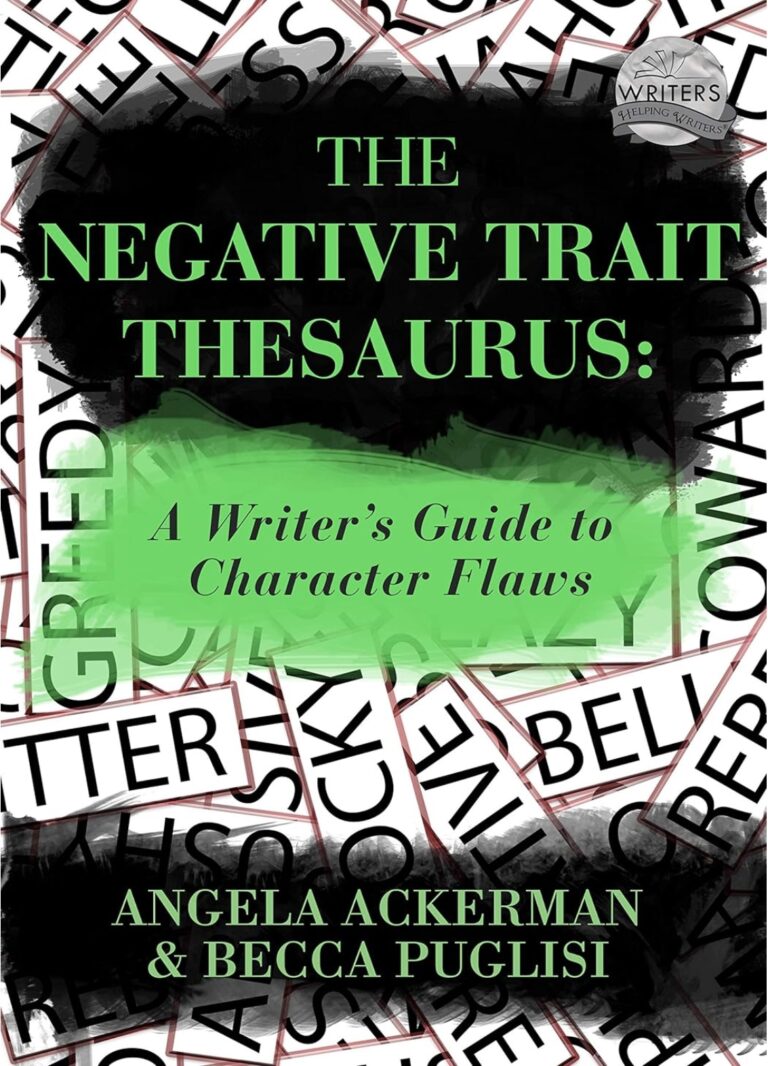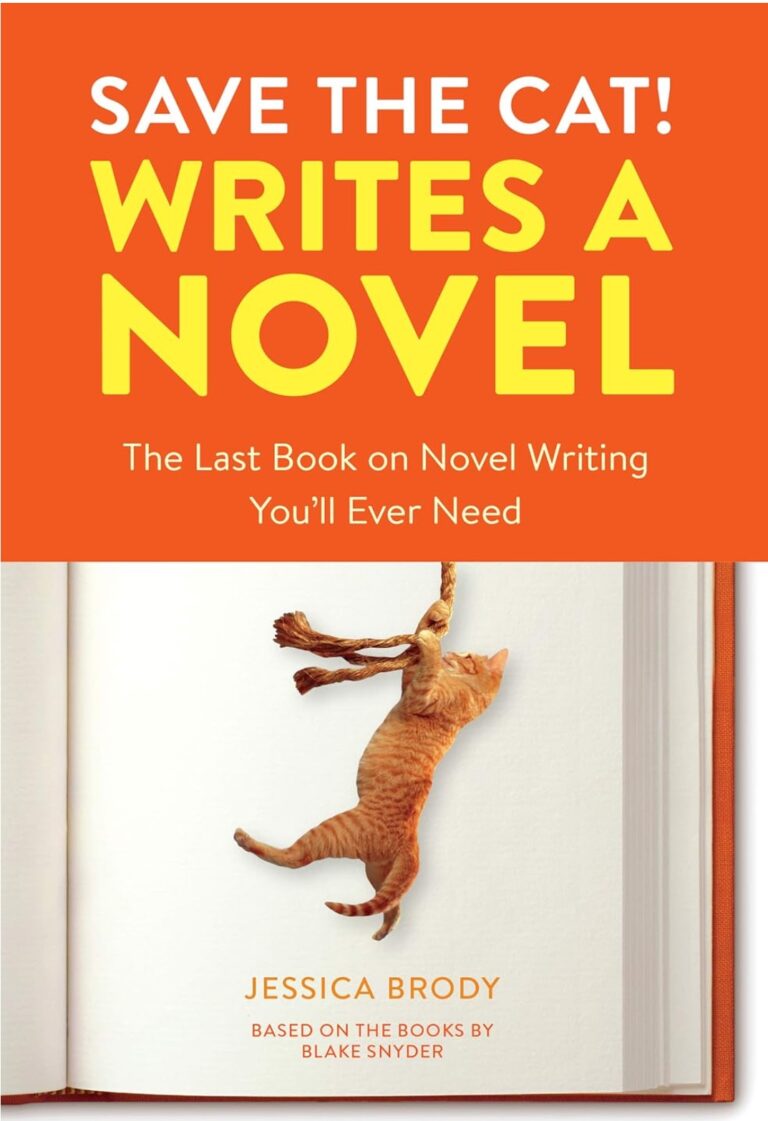Turning a spark of inspiration into a published insta-love romance novel is a thrilling and rewarding journey.
As someone who writes captivating tales of werewolves, aliens, and paranormal creatures, I’ve experienced the highs and lows of taking a story from its initial draft to a polished, self-published book.
In this post, I’ll share my firsthand insights and strategies on crafting compelling narratives, revising with purpose, and effectively marketing your work. W
hether you’re a seasoned writer or just starting out, these tips will help you navigate the path from draft to self-publication with confidence and success.
Table of Contents
ToggleThe Creative Spark: Where Stories Begin
Every great story starts with a spark of inspiration. For me, this often comes from the most unexpected places.
Once, while on a late-night walk, I imagined a world where a lonely human woman crosses paths with a stranded alien prince, sparking a romance that defies the boundaries of space and time.
That idea became the foundation of one of my most beloved novellas.
In my experience, letting your imagination run wild is crucial when writing insta-love stories.
Paranormal romance readers crave the unusual and the extraordinary, so don’t be afraid to push the boundaries of what’s possible.
For example, I once created a story about a werewolf who falls in love with a human who is actually a reincarnated ancient goddess.
This twist added depth and intrigue, making the insta-love believable and captivating.
Brainstorming and Plotting
When the initial idea strikes, I spend time brainstorming and plotting. I’ve found that having a solid outline helps keep the story focused and ensures that the insta-love element feels organic rather than forced.
My outlines typically include key plot points, character arcs, and the central conflict.
For instance, in my alien prince story, I outlined the moments of connection between the protagonists and the obstacles they would face, ensuring their relationship developed naturally despite the fantastical setting.
Creating character profiles is another essential step. Knowing your characters inside and out helps in crafting genuine and compelling insta-love stories.
I like to write detailed backstories for my characters, including their fears, desires, and quirks. This depth makes them more relatable and their rapid romance more convincing.
World-Building
World-building is a critical aspect of writing paranormal romance. Readers want to be transported to another world, whether it’s a haunted mansion or an alien planet.
In my werewolf-goddess story, I spent considerable time developing the lore and history of the supernatural elements to make the setting feel rich and immersive.
I’ve found that balancing descriptive passages with action keeps the pacing brisk while still providing enough detail to paint a vivid picture.
For example, instead of lengthy expositions, I weave world-building details into the narrative through character interactions and dialogue. This technique keeps the story dynamic and engaging.
Writing the First Draft
Once the plot and world are established, it’s time to dive into the first draft. Writing a first draft can be both exhilarating and daunting.
In my experience, it’s essential to let the words flow without worrying too much about perfection. The first draft is about getting the story down on paper; revisions come later.
Establishing Routine and Discipline
I’ve found that setting a writing routine helps maintain momentum. Whether it’s dedicating a few hours each morning or writing a set number of words each day, consistency is key.
When I was working on my minotaur romance novella, I committed to writing 1,000 words each evening. This routine helped me stay on track and made the writing process less overwhelming.
In my experience, it’s also important to embrace the messiness of the first draft. Allowing yourself to write imperfectly without self-criticism can lead to surprising and creative outcomes.
For instance, during one late-night writing session, I introduced a plot twist in my alien romance that I hadn’t planned but ultimately became a pivotal moment in the story.
Dialogue and Chemistry
Insta-love stories rely heavily on the chemistry between characters. Crafting believable and engaging dialogue is crucial. I often read dialogue out loud to ensure it sounds natural and captures the characters’ voices.
In my werewolf-goddess story, the playful banter and intense conversations between the protagonists helped build their connection quickly and convincingly.
I’ve found that showing rather than telling the characters’ emotions creates a more immersive experience. Instead of stating that a character is in love, I depict their actions, reactions, and body language.
For example, a subtle touch or a lingering glance can convey deep affection more powerfully than words alone.
Revising and Polishing
Once the first draft is complete, the real work begins: revising and polishing the manuscript. In my experience, this stage is where the story truly comes to life.
I typically go through several rounds of revisions, focusing on different aspects each time.
Self-Editing
During the initial self-editing phase, I look for plot holes, inconsistencies, and areas where the pacing lags. I’ve found that taking a break between writing the first draft and starting revisions can provide fresh perspective and clarity.
For instance, after finishing my minotaur romance, I took a week off before diving into revisions, which helped me spot issues I hadn’t noticed initially.
Another strategy that’s been beneficial is reading the manuscript out loud. This technique helps identify awkward phrasing and unnatural dialogue.
It’s also helpful to pay attention to the flow of the story. In my alien prince novella, I restructured several scenes to improve the pacing and ensure the romance developed smoothly.
Seeking Feedback
I’ve found that feedback from beta readers is invaluable. Beta readers can offer fresh perspectives and point out areas that may need improvement.
For my werewolf-goddess story, I enlisted the help of several trusted readers who provided insightful feedback on the characters’ development and the story’s emotional impact.
In my experience, it’s essential to be open to constructive criticism and willing to make changes. After receiving feedback, I revised sections of the story to enhance the romance and deepen the emotional connection between the characters.
This process not only improved the manuscript but also helped me grow as a writer.
Professional Editing
Hiring a professional editor is another critical step. An editor can provide a thorough and objective review of the manuscript, identifying issues that might have been overlooked.
In my experience, working with an editor has significantly elevated the quality of my work. For my minotaur romance, the editor’s feedback on pacing and character arcs was instrumental in refining the final draft.
Self-Publishing Your Story
After revisions and edits, the next step is self-publishing. Self-publishing gives you control over every aspect of your book, from the cover design to the marketing strategy.
Formatting and Cover Design
Formatting is crucial to ensure your book looks professional and is easy to read. I’ve found that using tools like Vellum can simplify the formatting process.
For my alien prince novella, I used Vellum to create both the eBook and print versions, ensuring a polished and consistent appearance.
Cover design is equally important. A captivating cover can attract readers and set the tone for your story. I typically work with a professional cover designer to create covers that capture the essence of my books.
For instance, the cover of my werewolf-goddess story features striking imagery that hints at the supernatural elements and romance within.
Publishing Platforms
Choosing the right publishing platforms is another critical decision. In my experience, Amazon’s Kindle Direct Publishing (KDP) is an excellent choice due to its extensive reach and user-friendly interface.
I’ve also used platforms like Smashwords and Draft2Digital to distribute my books to other retailers, ensuring they reach a wider audience.
When I published my minotaur romance, I utilized KDP Select for the initial launch, which allowed me to offer promotions and reach more readers through Kindle Unlimited. This strategy boosted visibility and sales, helping the book gain traction quickly.
Marketing Your Book
Marketing is essential to reach your target audience and generate sales. In my experience, a multi-faceted approach works best. This includes leveraging social media, running ads, and engaging with your readers.
For my alien prince novella, I used a combination of Facebook and Amazon ads to reach potential readers. I’ve found that targeting specific interests and demographics can increase the effectiveness of ads.
Additionally, I hosted a virtual book launch event, which included giveaways and live readings. This event created buzz and excitement around the book, attracting new readers.
Final Thoughts
The journey from draft to self-publication is filled with challenges and rewards. In my experience, each step of the process, from brainstorming and writing to revising and marketing, offers opportunities to learn and grow as a writer.
By embracing creativity, seeking feedback, and utilizing effective marketing strategies, you can successfully bring your insta-love stories to life and share them with the world.
Remember, the key is to stay passionate about your craft and connect with readers who share your love for the extraordinary.
Happy writing and self-publishing!












